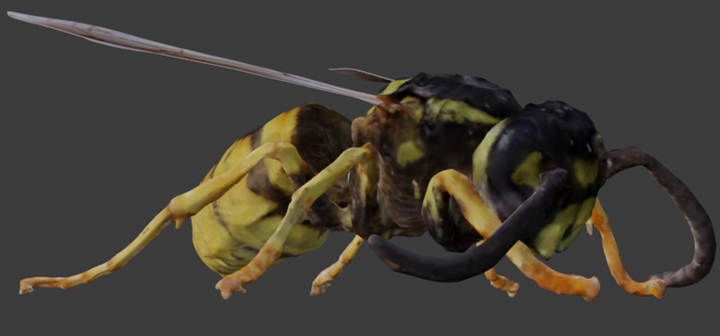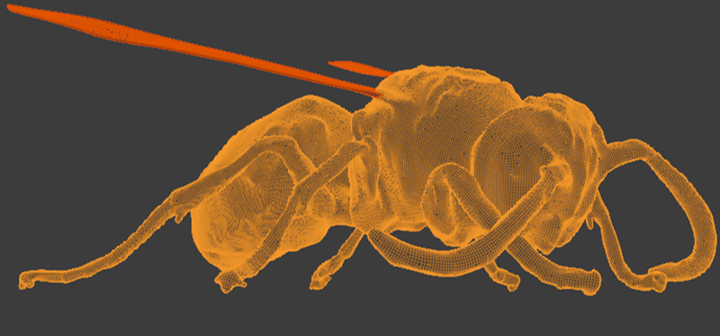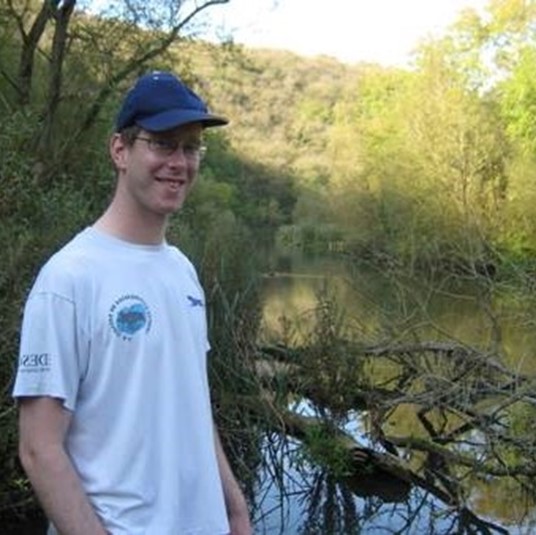Chris Taylor
postdoc - 3D printing Batesian mimicry
About me
I completed a BA in Biological Sciences and MSc in Biology at New College, University of Oxford. I then completed my PhD “What makes a good mimic?” with Tom Reader and Francis Gilbert at Nottingham.
I am currently working as a postdoc in Tom Reader’s research group on a NERC-funded project entitled “Realised hypothetical phenotypes and the adaptive value of Batesian mimicry”.
My Research
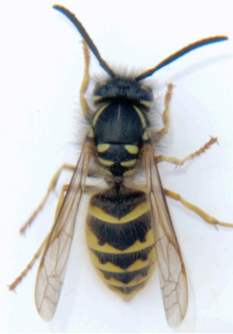
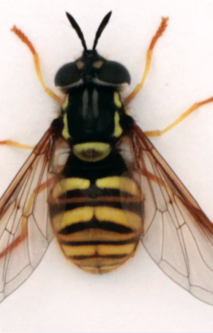

Despite being relatively harmless, many hoverflies (Syrphidae) gain protection from predators through their resemblance to stinging bees and wasps (Hymenoptera). Although some are striking in the accuracy of their resemblance, many bear only a superficial similarity to the insects they mimic, and other hoverflies are not mimics at all. These varied strategies have all been demonstrated to be to some extent successful by natural selection. What of the other phenotypic combinations that natural selection has not allowed to persist, or that have never had the chance to appear?
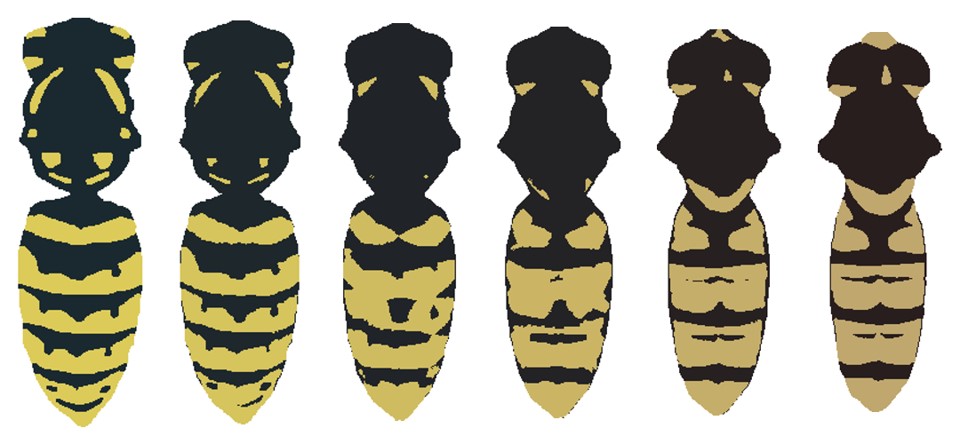
In our project we are attempting to explore these possibilities through experiments using both real and hypothetical 3D insect models. Through photogrammetry, we can capture detailed 3D images of hoverfly and wasp specimens, and manipulate their size, shape, colour and/or pattern in silico. We can then use additive manufacture (“3D printing”) to produce realistic models that we can present to model predators and observe their response. In this way, we can explore a wide range of traits, including from inferred ancestral phenotypes, and shed light on which trait combinations are successful at duping predators and avoiding attack.
